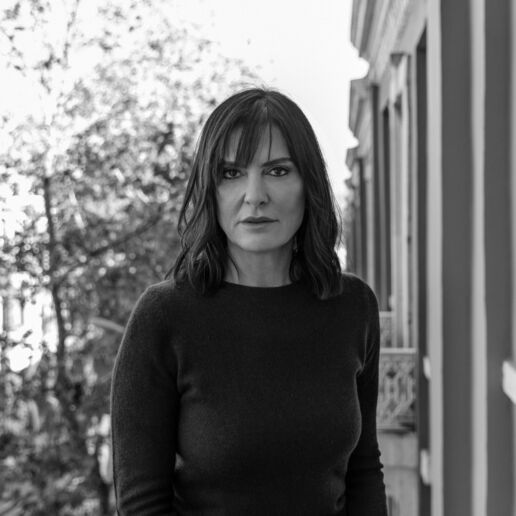TELL ME ABOUT ISTANBUL
One would expect the topic of conversation to be of a pedagogic nature when speaking with psychological consultant Feriha Dildar, however, as soon noted by Dildar, I surrendered to Sanayi313’s “contrasting mentality" and set sail to new horizons.PHOTOGRAPHER: Nazlı Erdemirel
THE 90s
We start with the 90s, when Feriha Dildar was doing her post-graduate degree at Istanbul University…
“Located between Beyazıt and Vezneciler, Istanbul University was unique and I felt proud walking through its gates. The world around it was chaotic and cosmopolitan, but as the circle tightened, I remember sensing the essence of the building and the way of life it contained. There was a gigantic plane tree at the main gate of the university that we called “Çınaraltı (Under the Plane Tree)”. The student café under that tree was one of my favourite spots. Another rendezvous was the traditional Hasanpaşa Bakery which served delicious pastries. The thrill of catching a glimpse of Turkish movie stars like Nubar Terziyan there never grew old. We also frequented Beyoğlu and Taksim Square. Though it contradicted Beyoğlu’s bohemian and authentic character, I thoroughly enjoyed wandering around the department store Vakkorama. The atmosphere and the music therewere like a glimpse into the future. There were also daytime discos. We always danced and had a great time.”
THE 2000s
We proceed to the 2000s and the sense of freedom Feriha Dildar felt in the open space of Bosporus University. The green hills of Rumelihisarı campus where she worked as a guest lecturer perfectly reflected her millennial state of mind: liberal and free…
“Everyone has a specific image of Istanbul in their minds. For some, it’s the skyline dotted with minarets, for others it’s the Bosporus Bridge. For me, it is the view of the sea from Rumelihisarı. I do not think anything can beat that vista. I went on long walks and took in the scenery. I socialised in the open space of the campus. We would stretch out on the grass while friends played music. The memories are so vivid, I feel I am there. The most prevailing feeling is freedom. The hours I spent on that lawn were filled with some of the most liberating experiences I’ve ever known, something you would expect while travelling in the West.”
That sense of freedom is so different. I have similar feelings in Balat, Kuzguncuk or Çukurcuma. Perhaps it is because I discover something new every time I visit. While we share a plate of ravioli in beetroot sauce at Sanayi313, Dildar starts talking about something intriguing…
“I always had an interest in the relation between people and buildings or spaces. I am always curious about the details. I ask a lot of questions. ‘Where were you precisely?’ ‘Which room were you in?’ I think these are the details that determine outcomes. I believe cities alter identities and vice-versa. At a smaller scale, this is also the case with our personal spaces. I have a tendency to understand people’s characters from their spaces. Some buildings and neighbourhoods in Istanbul make my heart beat faster. Kadıköy has streets like this. Take Kuzguncuk, for instance. I could never get enough of its buildings. It’s like seeing them for the first time on every occasion. On the other hand, I have worked in Nişantaşı all my life, but I’ve never lived there. I adore the old apartments lining the back streets of Topağacı. I often wonder about the lives lived inside the flats of those quaint apartments.
Read more on #Sanayi313Paper


